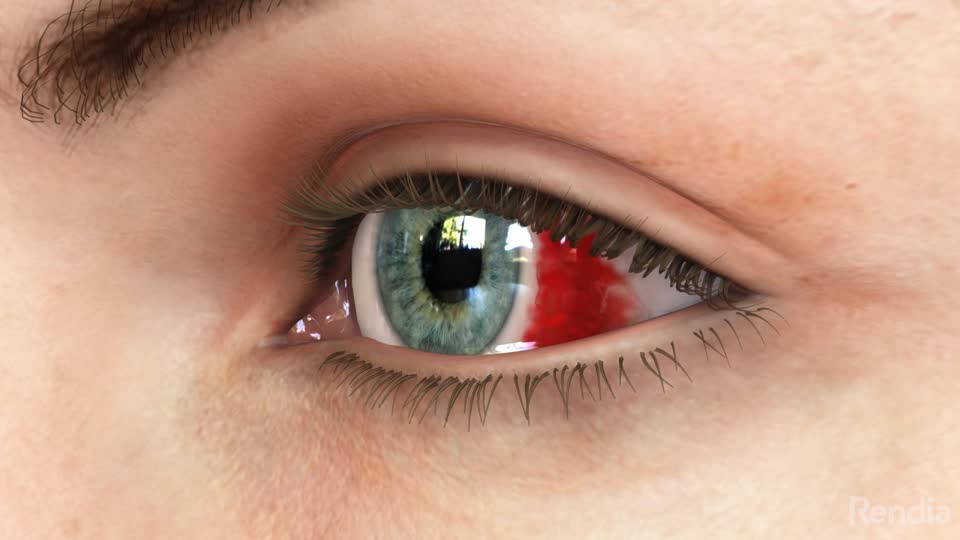

Severe bleeding can also cause vision to appear blurry, cloudy or hazy. Patients with vitreous hemorrhage usually notice a sudden, significant increase in the number and size of floaters blocking their vision.

Normal blood vessels may also rupture, although less common, as a result of force from a retinal tear or detachment. These blood vessels are often fragile and susceptible to leaking blood and fluids.Ī vitreous hemorrhage occurs when one of these blood vessels ruptures and causes bleeding within the vitreous gel, causing visual symptoms. In normal, healthy vitreous gel, there are no blood vessels but diseases such as diabetic retinopathy can lead to the development of new blood vessels which can grow into the vitreous gel. So call your eye doctor today or click here to find a board-certified ophthalmologist.The vitreous is the gel-like substance that makes up approximately two-thirds of the eye’s volume and is located in between the lens in the front of the eye and the retina in the back of the eye. Many degenerative diseases like glaucoma and macular degeneration can develop without any symptoms, and a delayed diagnosis can result in permanent vision loss. During a complete eye exam, your ophthalmologist will check the health of your eyes and update your prescription. Make comprehensive eye exams a part of your preventive care. Eye discharge, swelling, sudden change in vision or sharp pain may indicate a different eye problem. Call an ophthalmologist, however, if you have symptoms besides minor eye irritation or eye sensitivity. The affected area may even change color, much like a bruise, as the blood is reabsorbed. When to see an OphthalmologistĪ subconjunctival hemorrhage will typically disappear within one to two weeks, and most people won’t need to see an ophthalmologist. As the eye heals, try not to rub it because that can delay the healing process or break more blood vessels. Artificial tears or lubricating drops can help soothe irritation, but the broken blood vessels have to repair themselves naturally. It is normal to feel some eye irritation and sensitivity though. Most subconjunctival hemorrhages are not dangerous and they should not interfere with vision. Vitamin K deficiency or blood clotting disorder (rare).Eye surgery such as LASIK or cataract surgery.Use of aspirin or blood thinners such as Coumadin or Warfarin.A sudden increase in blood pressure that can result from coughing, sneezing or laughing.It is not always possible to identify the cause of broken blood vessels in the eye, but possible causes include: Cataract Surgery and Intraocular Lens Implants (IOL)įind a Board-Certified Ophthalmologist Enter your zip code to get a list of doctors in your area.Blepharoplasty / Eyelid Revision Procedures.


 0 kommentar(er)
0 kommentar(er)
